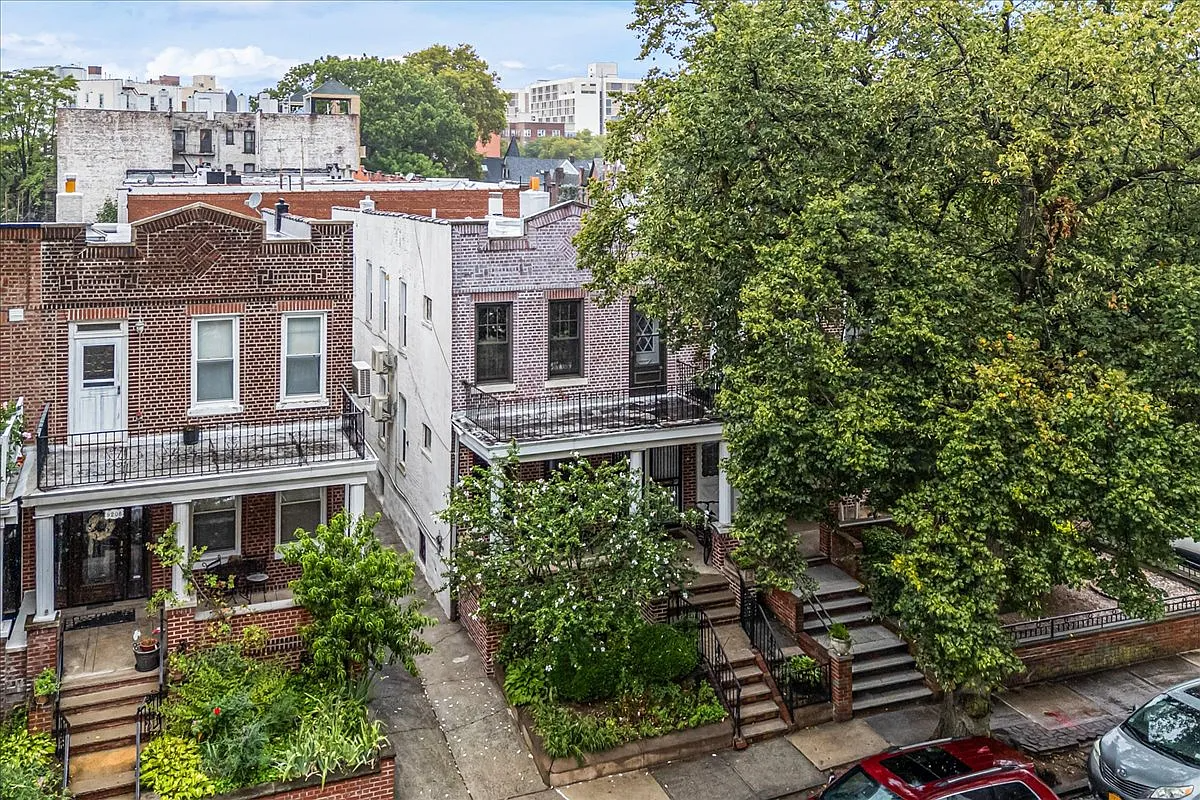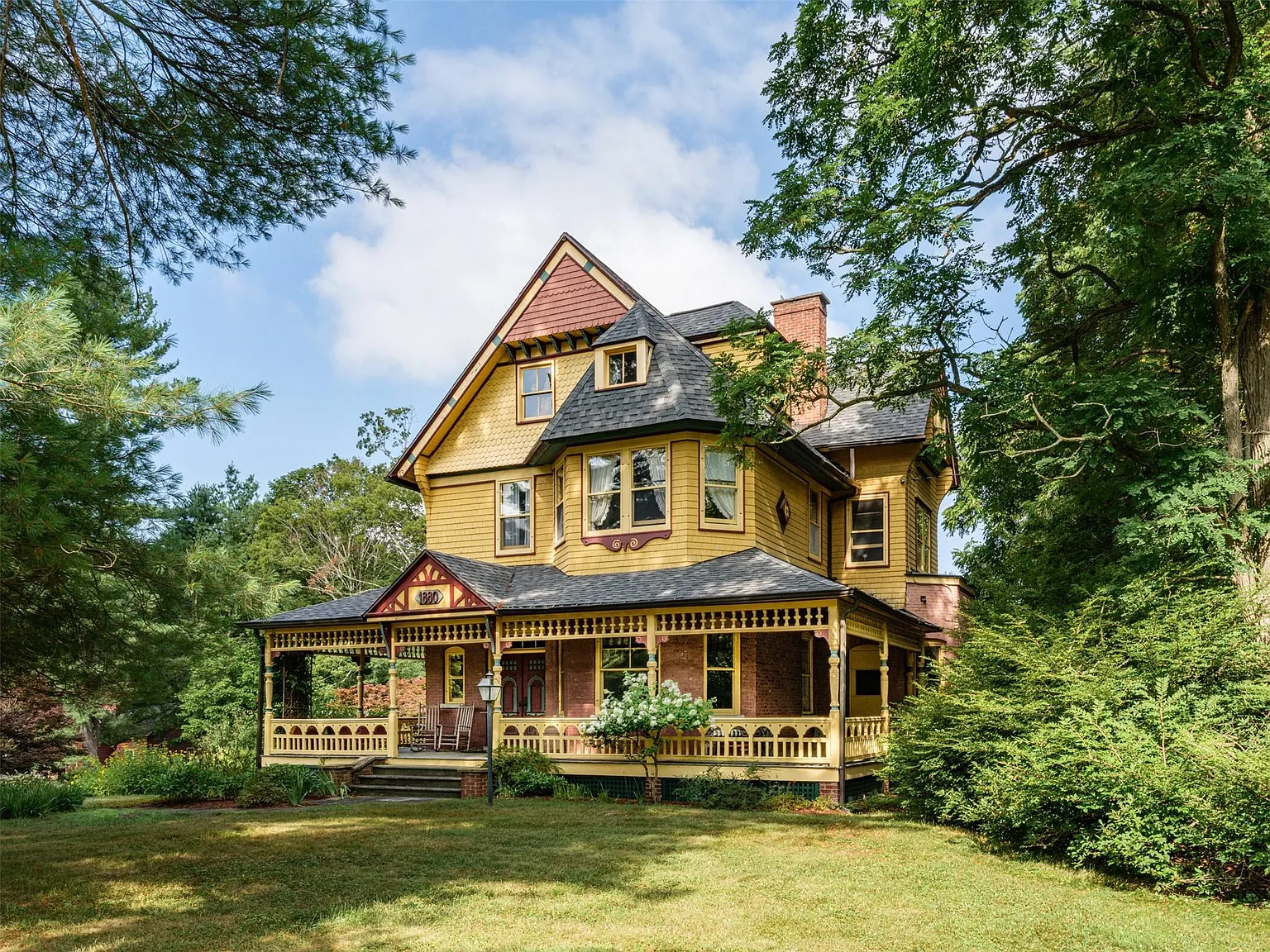Affordable Housing Groundbreaking in East NY
In about five minutes, the groundbreaking ceremony for a 103-unit affordable apartment building at 626 Sutter Avenue at Pennsylvania Avenue a/k/a Granville Payne Avenue will get underway. The New York City Housing Development Corporation-funded building — which will go up on this vacant lot and be reserved for low-income households — will also have 19,700…


In about five minutes, the groundbreaking ceremony for a 103-unit affordable apartment building at 626 Sutter Avenue at Pennsylvania Avenue a/k/a Granville Payne Avenue will get underway. The New York City Housing Development Corporation-funded building — which will go up on this vacant lot and be reserved for low-income households — will also have 19,700 square feet of retail space. Check out the rendering on the jump. GMAP






How can I go about applying for this building
How can I go about applying for this building
But why didn’t they make the new buildings mixed-income instead of low- income only? How is this any different from the plethora of housing projects Brooklyn already has? Oh yeah, that first floor retail space, I forgot. Is the retail on the first floor going to prevent this from becoming the Tompkins Houses in, say, 10 or 15 years? I just don’t see what some of you think is so great about high-rise low-income dwellings.
But why didn’t they make the new buildings mixed-income instead of low- income only? How is this any different from the plethora of housing projects Brooklyn already has? Oh yeah, that first floor retail space, I forgot. Is the retail on the first floor going to prevent this from becoming the Tompkins Houses in, say, 10 or 15 years? I just don’t see what some of you think is so great about high-rise low-income dwellings.
I won’t even begin to comment on people like Dave and Josh K. I think CHP said very well. There’s a lot of reasons why comparing this to ratnerville doesn’t hold water. The first is to point out that apartment buildings are needed and this one looks like it will be a positive addition. It looks like the builder actually cares about how it looks in context, it’s being built for people who desperately need it, it’s going to add retail space- a plus to the neighborhood, it doesn’t depend on taxpayers to fund it- that’s just to start. We don’t have to rehash the problems and negatives of ratnerville- everyone knows the story. Suffice it to say these two projects are at opposite ends of the spectrum. Ratner could learn a few things from them about how to actually improve a neighborhood, not steamroller it.
Anon at 6:02, truer words were never spoken. But I’m going to go there anyway.
First of all, c-roy, can you be more condescending or dismissive of an entire segment of the population? And kindy spare me your “amusement” that the readers of this blog might be interested in what goes on in East New York. Maybe some don’t, but others of us actually are concerned and perhaps even active in the affairs of those outside of our own teeny-tiny self absorbed circles.
Mike is correct. Yesterday Ft.Greene, today Bed Stuy, tomorrow East New York. As the need for housing expands, and as the priced out “pioneers” are going ever outward, I guarantee that down the road we’ll be getting inquiries about cool lofts on Mother Gaston Blvd. I give it five years.
Bob, you are so right. What a difference some good hype makes.
Josh, your feeble attempt to find fault with this project is really reaching. Even I know the people who buy bonds are the ones paying, not the public. Why get upset about the thought of paying for this indirectly, when we will all be paying much more for Ratnerville, with less social good? Why is the very idea that some people in this society need help to have decent living conditions that we all want to live in so abhorrent to many of you? I’m not talking about luxury condos either. We spend more money on our pets in this country than on helping our fellow man, and most people would be howling and screaming if an animal is found in inhumane conditions, but think nothing about the people who live in ratholes they wouldn’t let a rat live in. How about some perspective here? And as to your last paragraph – many things destroyed East New York, including the flight of industry, the collective amnesia of most of the city agencies – they forgot the neighborhood existed, the flight of the middle class, and the dumping of thousands of poor and desperate people into high rise warehouses far from jobs, decent schools, even hospitals. The fact that the communities are starting to come back is a testament to the decent, hard working people who went to work everyday, raised their kids, were active in church and community and never saw the inside of a police station except to demand justice. This is the majority of East New Yorkers, not the criminals and gangbangers and knuckleheads. These are the people who need the revitalization of new homes. What is wrong with that?
Lastly, Dave – “the quality of the new residents…may drag East New York down even farther”?????? What in hell does that mean? Sometimes I think the quality of the utterances of some people who feel the need to write absolute drivel drags this blog down. Way down.
Interest earned on municipal bonds is tax-exempt. That’s the extent of the subsidy here. Otherwise, the developer issues the bonds, which are bought by investors, who get to earn interest tax-free, and the developer makes the principal payments.
sometimes I find the dialogues on brownstoner informative and enlightening. this however isn’t one of them. there are so many perjorative generalizations of all types here that I don’t know where I would even begin to deconstruct it. and since it all takes place in the ether, and will be a dead discussion by Friday, I don’t even see the point.
JoshK, those old housing projects drove people away because they were executed poorly – destruction of the old neighborhoods to create monotonous highrises set apart from the rest of the city. In the new approach, buildings are integrated with the existing fabric of the neighborhood and placed where space can be found. Also, the bonds are paid for by the investors who buy them. There is no taxpayer money in bonds.